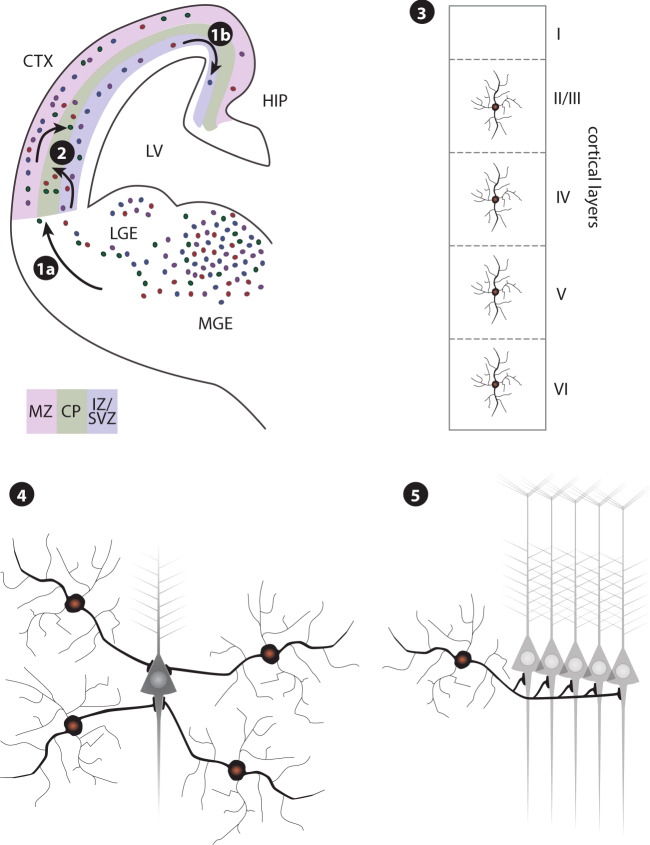Fig. 2. Development of cortical interneurons.
The majority of interneurons are derived in the medial and lateral ganglionic eminence (MGE; LGE) from where they migrate tangentially along the marginal zone (MZ) and intermediate zone (IZ)/subventricular zone (SVZ) of the developing cortex, (1a). Most PV-INs are derived from the ventral MGE, and their ‘parvalbumin’ fate seems to be established at their origin, as the progenitors leave the cell cycle. Interneurons migrate through the cortex in a lateral-to-medial tangent, with the hippocampus among the last areas to be settled (1b). To enter the developing cortical plate (CP), interneurons have to switch their mode of migration from tangential to radial (2). PV-INs colonize the cortex in an inside-out fashion, by which layers VI/V are colonized first, followed by layers IV, III, and II. In the adult brain, parvalbumin interneurons are found in all cortical layers except layer I (3), and in the hippocampal pyramidal layer. As the final step, interneurons have to build synaptic networks with pyramidal neurons and other interneurons (4). Parvalbumin neurons synapse onto pyramidal neurons at the cell body and the axon hillock, and thus exert control over information outflow. Network activity is synchronized by individual interneurons contacting nearly every local pyramidal neuron (5). LV lateral ventricle; CTX cortex, HIP hippocampus.

